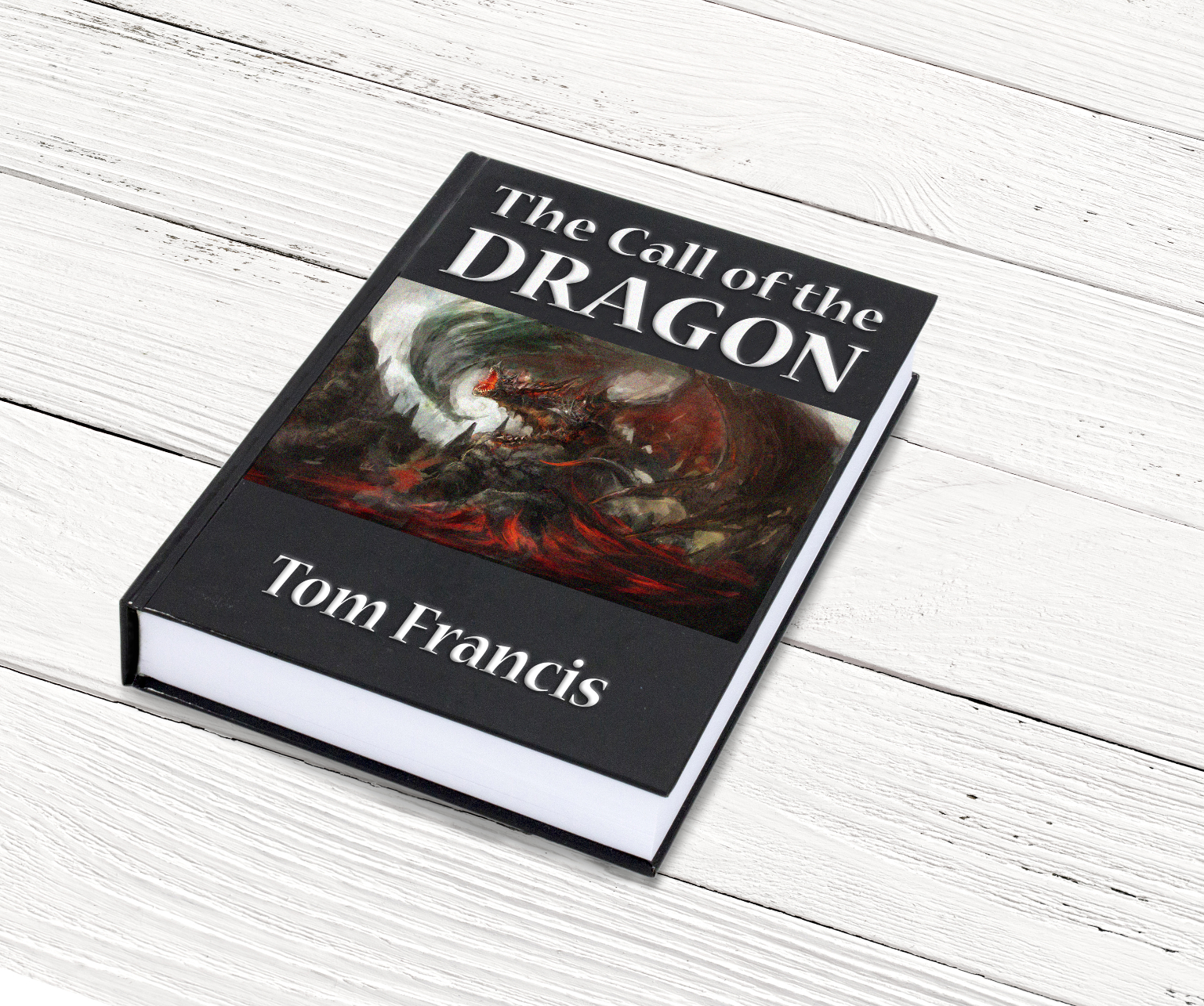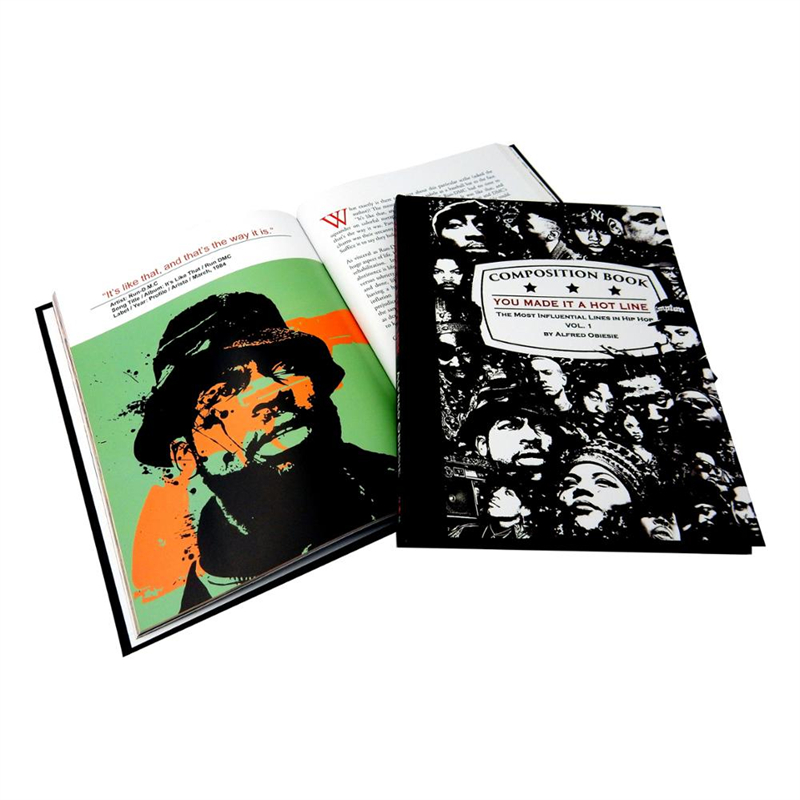
This type of book cover features a full-color, glossy dust jacket with flaps that wrap around your linen hardcover book (slate-grey linen for trade books and a choice of black, oatmeal, or charcoal linen for photo books.) Images and text can be printed on the front, back, and spine of the dust jacket. (If you plan to order more than 300 copies of your book, we offer custom book options which may include printing on the inside of your cover.) Hardcover with dust jacket The basics

*What are end sheets? How can they be used?Įnd sheets are the pieces of paper glued to the inside of your hardcover book, lining the front and back cover. But being heavy is ok for books that tend to stay at home (reference guides, cookbooks, yearbooks, coffee table books). Hardcover books are heftier and can be a bit trickier to transport (unless they’re slim). If you’re making a layflat photo book, ImageWrap is the only cover type available. What you see is what you get-as in, no cover flaps. For the higher printing cost, you get lasting durability (think: children’s books, cookbooks) and more of a high-end feel (perfect for keepsake albums or photography, art, and design books). It’s a sturdy, stand-alone book design that looks great on display and stands up to heavy use. You also get a choice of end sheet colors, depending on your book format (two color options for trade books, five color options for perfect-bound photo books).


Your cover image will be printed directly on the front and back cover and spine. Our ImageWrap hardcover books feature a durable matte finish and library binding, as well as end sheets*. No surprise here: With heavy use, softcover books are more susceptible to visible wear and tear than hardcover. (If you’re making a magazine, you can print on the inside front and back covers, as well as on the outside front and back covers.) Softcover is also not available for Blurb’s large-format photo books or layflat books. The softcover design is fairly simple-no cover flaps or end sheets*. Many authors and publishers choose softcover designs for novels, poetry, memoirs, short stories or essays, travel guides, comics, graphic novels, literary journals, how-to guides, and art and business catalogs. Softcover books are also lightweight, accessible, and portable, making them perfect for the everyday commuter, long-distance traveler, and bedtime reader. If you’re printing a trade book, the softcover option gives you the lowest cost per copy. It’s a popular, versatile, and economical way to print photo books and trade books. You know those paperbacks you love to read (and reread) and carry around in your bag because they’re easy to handle? Yep, classic softcover books. You can print on the front, back, and spine of the book. Our softcover books feature a flexible, high-gloss laminated cover and durable library binding. Let’s take a closer look at the three different types of book covers available at Blurb so you can find the right fit for your project. Just think about some of your favorite books (better yet, grab one off the shelf!), and consider how the size, shape, texture, and weight of each one contributes to the book’s personality.Ĭhances are, your choice of book cover will be based on more than one thing: personal style and aesthetic, durability, cost, page length, the book’s purpose and audience, and the kind of reading experience you hope to create. The type of book cover you choose-softcover or hardcover-also plays a big part in the overall look and feel of your publication. When you’re self-publishing a book, there are lots of exciting design choices to make, from selecting a book format, size, and paper type to creating unique page layouts.

Types of book covers: hardcover versus softcover


 0 kommentar(er)
0 kommentar(er)
